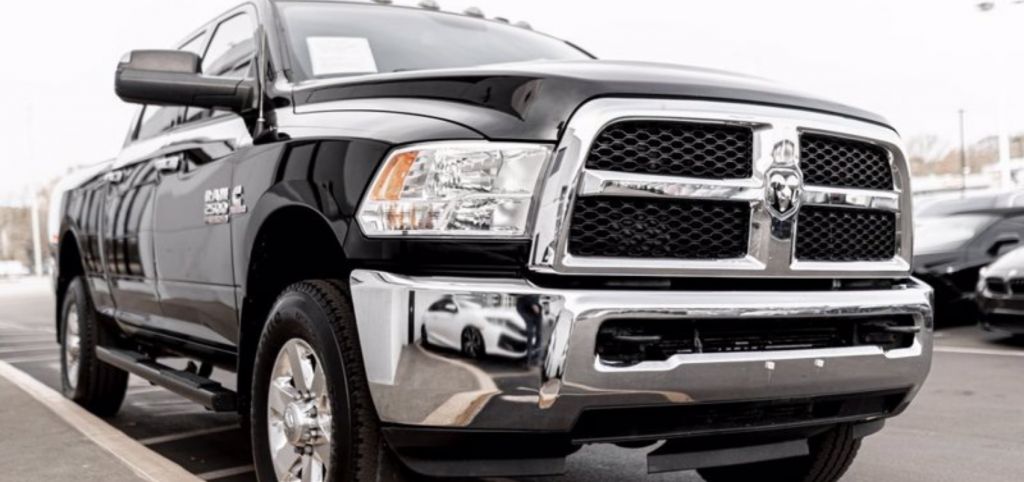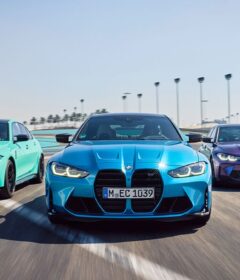The New Competitor in Pickup Truck Market: RAM Rampage

RAM has officially unveiled the all-new Rampage, its first truck designed in Latin America. The compact pickup truck, with petrol and diesel engines, will be sold in Laramie (luxury), Rebel (off-road), and R/T (sport) trim levels, featuring pronounced RAM styling features. Sales will begin in Brazil and Argentina and are rumored to reach North America by the end of the year. A pickup truck with a length of 16 feet and 5.95 inches will become a worthy competitor to the Ford Maverick and Hyundai Santa Cruz. The design of the RAM Rampage has been shown in teasers several times, but now the Indy Auto Man specialists are ready to share the details.
What it looks like
RAM says the project was completed by more than 800 engineers and technicians from South America and demanded over 1.2 million work hours. It is based on the same architecture as the Jeep Commander and Compass, as well as Dodge Hornet and Alfa Romeo Tonale. The Rampage is 16 feet and 5.95 inches long, 74.3 inches wide, and 70 inches high, with a wheelbase of 117.9 inches. This makes it 1.7 inches shorter than the Ford Maverick, and a whopping 13.5 inches shorter than the Ford Ranger. As a result, it is a compact pickup by US standards and a mid-size pickup by South American standards.
The model was designed in South America, but with the participation of American designers, to be similar to other RAM pickups. Overall, the truck looks great with a large grille, modern LED light blocks, and muscular fenders. All body elements are unique, although rectangular wheel arches are reminiscent of the Jeep Compass. The truck’s country of origin is emphasized by the image of the American flag on the LED taillights.
The truck bed, with a capacity of 980 liters, has a plastic cover, which is not typical for the United States, where more than half of pickups drive with an open body. The petrol-powered Rampage can carry up to 1,650 lbs, while the diesel boosts cargo capacity to Ford Ranger levels of 2,230 lbs.
The front fascia resembles (but is not identical to) the Jeep Compass. The center console has a separate section for climate control (dual-zone), wireless charging, and six (in total) USB ports. A 10.3-inch digital instrument cluster is paired with a 12.3-inch touchscreen Uconnect infotainment system that supports wireless Apple CarPlay and Android Auto. The Rebel trim offers black leather upholstery, Laramie – brown, and R/T – suede. Additional equipment includes ambient lighting and a ten-speaker premium Harman Kardon audio system. In terms of safety, there are seven airbags and a host of driver assistants (ADA), including adaptive cruise control with a braking function.
Petrol, diesel, four-wheel drive, and standard automatic.
The Rampage is available with two engines: a 2.0-liter four-cylinder turbocharged Hurricane petrol, the same as the Jeep Wrangler has, with 298 hp and 400 Nm of torque, and a 2.0-liter Multijet turbodiesel with 170 hp and 380 Nm of torque. In both cases, power is sent to all four wheels exclusively through a nine-speed automatic transmission.
The sportiest Rampage R/T, with a gasoline engine, accelerates to sixty in seven seconds and develops a top speed of 137 mph. Laramie and Rebel, with the same engine, will take 7.2 seconds, with a top speed of 130 mph. The less powerful diesel is slightly slower. It accelerates to 60 mph in 11 seconds, reaching a top speed of 115 mph. The Rampage has a MacPherson strut up front, a multi-link in the back, and overall comfort is a priority when it comes to suspension setup. The sporty R/T has stiffer springs and dampers, is lowered by 0.4 inches, and rides on 19-inch alloy wheels with 235/55 R19 tires. At the other end of the spectrum is the more off-road Rebel, with 235/65 R17 AT tires, while the luxurious Laramie gets 235/60 R18 wheels. All petrol trims are equipped with ventilated brake discs (12 inches front and 12.6 inches rear), which are understandably slightly larger than diesel ones.
The RAM Rampage will be manufactured at the Stellantis Goiana plant in Pernambuco, Brazil. The price range is from R$240,000 to R$270,000 in Brazil, with an early entry into the Argentine market.




